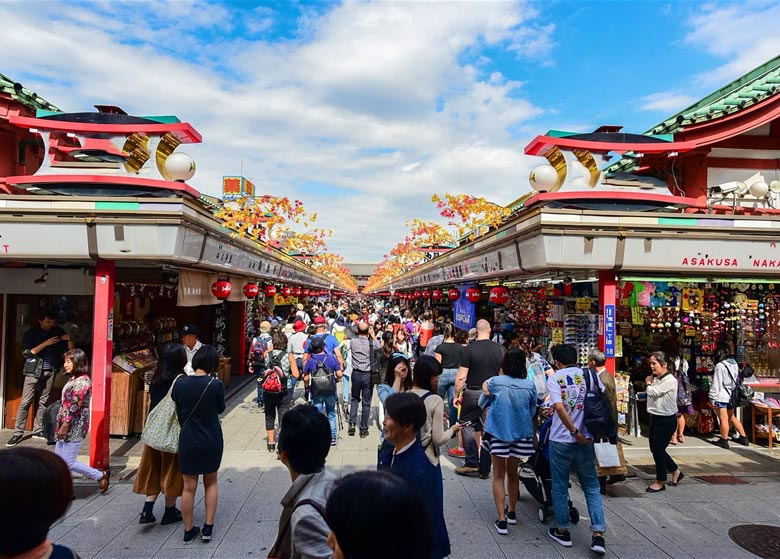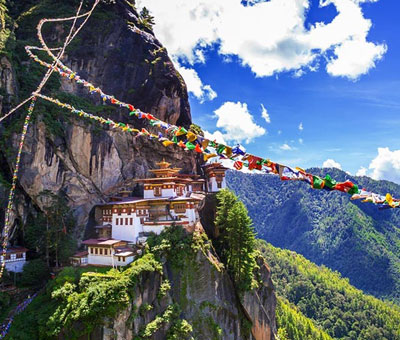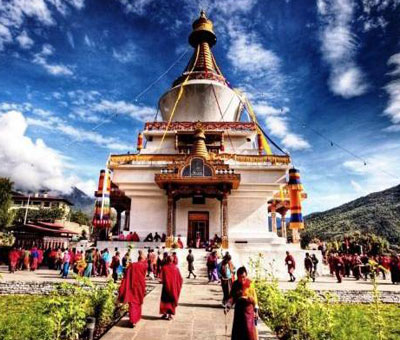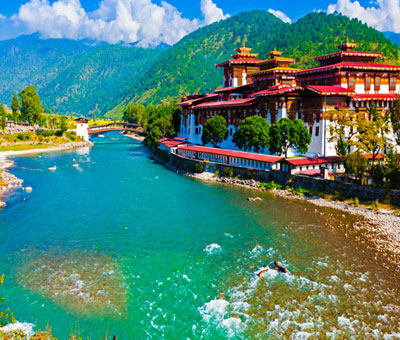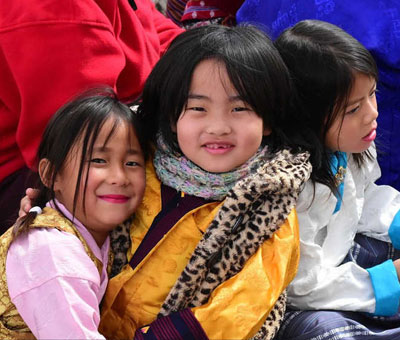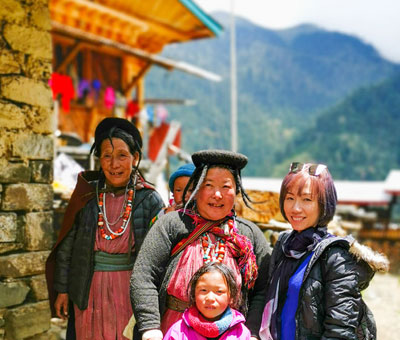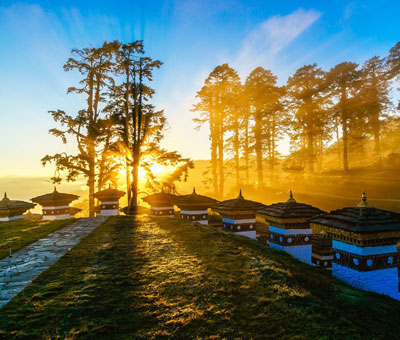Thimphu Shopping
Most Bhutanese handicrafts are not made for a tourist market, so they retain their authenticity. The prices tend to be more expensive than those of goods found in other Asian countries. Thimphu has an excellent selection of handicraft shops selling high-quality traditional paintings, textiles, jewelry, masks, and carpets. Several shops on Norzin Lam have good selections of the textiles, both ready-made and handmade kiras and khos. The philatelic shop at the post office has a fine display of stamps in vibrant colors and vivid images ranging from holographic images, to Walt Disney, to First Day Issues. Even if you’re not a collector, it’s still well worth the visit.
Bhutan Tour Packages
Pricing and Itinerary
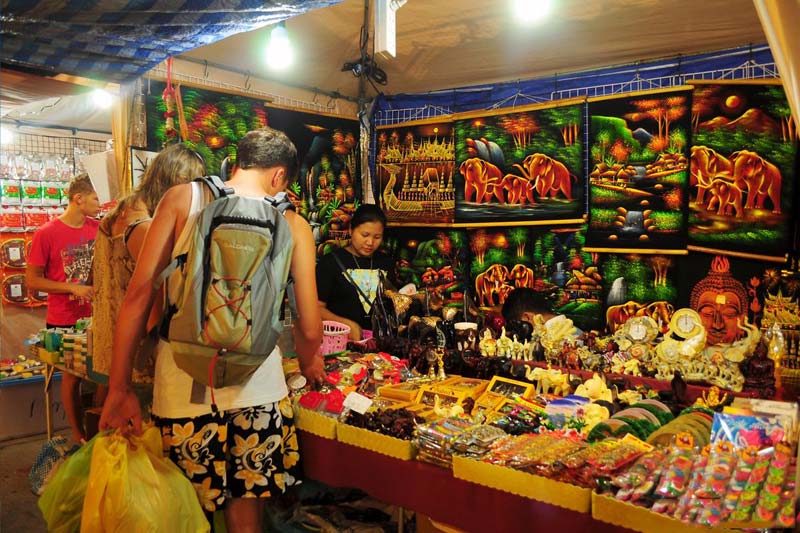
Shopping in Thimphu Bhutan
There are also many local shops carrying basic necessities and general household items. It’s fun to browse in these stores and check out the local merchandise. In the last few years, many modern shops have opened, selling imported goods from Taiwan, Thailand, and India. A few kitsch items often found include Barbie-like dolls wearing traditional Bhutanese clothing, action figures, and “I Love Mom” mugs.
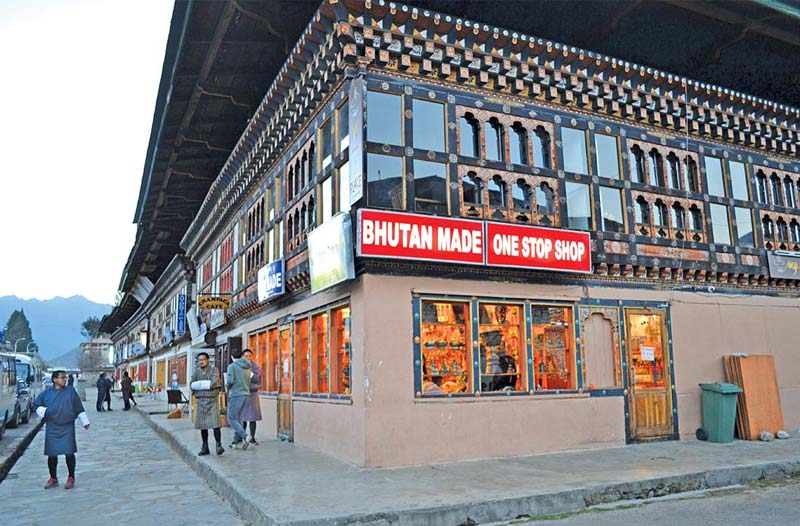
Shopping in Bhutan
Some shops pay a commission to bhutan tour guide bringing in large groups. It can be more fun to venture out on your own, or with a friend. Most stores have fixed prices, and although bargaining is not the custom here, it may be worth trying if you intend to purchase several items. Note: it is illegal to export antiques.
Check out some of the smaller shops, where the owners are usually available and are very friendly and helpful. For the most part, shops in Thimphu open around 8 AM and close around 8 or 9 PM depending on the season. Shops are open on the weekends, however those located on upper Norzin Lam are closed Tuesday, and those on lower market are closed on Wednesday.
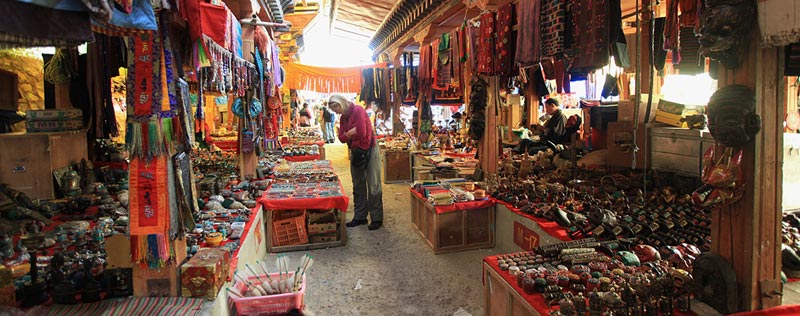
Shopping in Thimphu Bhutan
Market in Thimphu, Bhutan
The weekly market rakes place every Saturday and Sunday. Come rain or shine. This is where local residents come to catch up on the weekly gossip and buy their fresh fruit and vegetables for the coming week. If your itinerary allows you to be in Thimphu on the weekend, the market should not be missed. Bhutanese travel from all over including remote areas, to sell their products.
Under roofed stalls, farmers preside over piles of chilies, potatoes, red and white rice, buckwheat, flour, mushrooms, cauliflower, and a wide variety of unidentifiable roots. Fresh fruit comes from local orchards and the southern flatlands. Colorful bananas, oranges, plums, peaches, mangoes, and pineapples overflow the erected platforms. Pungent odors lurk in the air from the assortment of dried cheeses, fish. At one end of the market is the meat department, with several carcasses waiting to be split. Strips of flesh hang on hooks, while of innards lie nearby At the northern corner is the handicraft section, where you will find carpets, religious items, bamboo basket musical horns, brass bowls, and textiles. The folks who sell their goods here are very friendly, and don’t be surprised if one of the local monks assist you with your purchase. Chhogyal Lam, North of Chan-limithang Stadium, Thimphu. 6 AM—sunset.
Specialty Stores
Handicrafts Market in Thimphu Bhutan
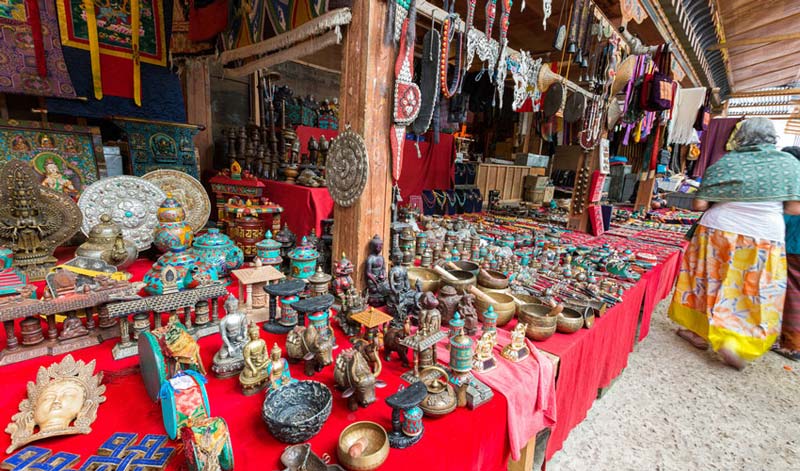
Handicrafts Market in Thimphu Bhutan
Dolkar Handicrafts , a small shop run by a lovely woman, has an unusual collection of beautiful, turquoise-encrusted, antique equestrian saddles from Tibet and Lhadakh. There is also an interesting array of old wood carvings and traditional house-hold items.
Norling Handicrafts has two shops in Thimphu, both on Norzin Lam, a few doors away from each other. The small one has a wide selection of high-quality jewelry set with semiprecious stones and designed by the owner’s grandmother. The larger shop offers many carpets and textiles. The nontraditional colored shawls in ice-blue, pink, and green pastels are designed by the owner’s mother.
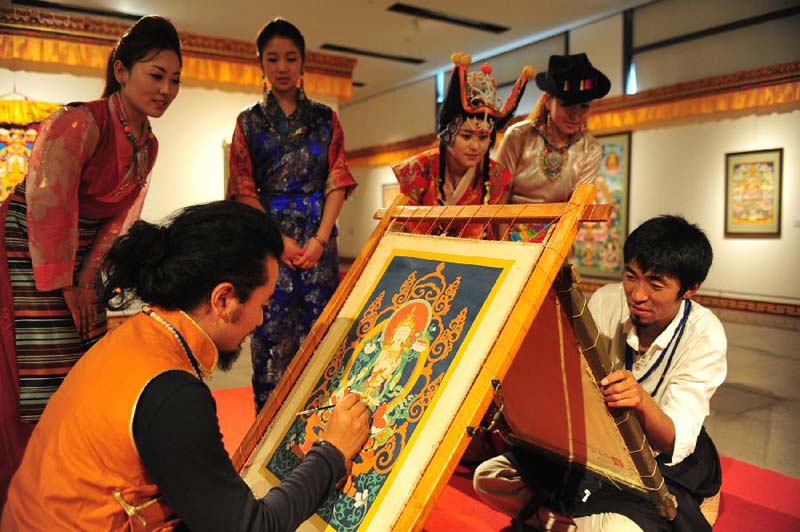
Bhutan Arts a Crafts
Bhutan Arts a Crafts is a large new store that seems to have been designed for the traveler who can’t fit India and Nepal into his or her itinerary; many products from these country’s join the Bhutanese crafts. Upscale evening bags, silk pillowcases, and pashmina shawls are just a few of the specialized items in this salonlike store.
Handicrafts Emporium is a big, government-run store, often touted as the official tourist store. Although, the decor is a bit sterile, there is a wide variety of textiles and clothing downstairs, and a fine selection of traditional furniture, religious objects, and books upstairs. The quality here is good, but prices are slightly inflated.
Druk Trin Rural Handicrafts Center, the brainchild of an extremely successful businesswoman, has branch stores in the lobbies of some of the most prestigious hotels in Bhutan. The store on Jangchub Lam carries an excellent selection of woven textiles and embroidered linens; there’s even an antique textile display.
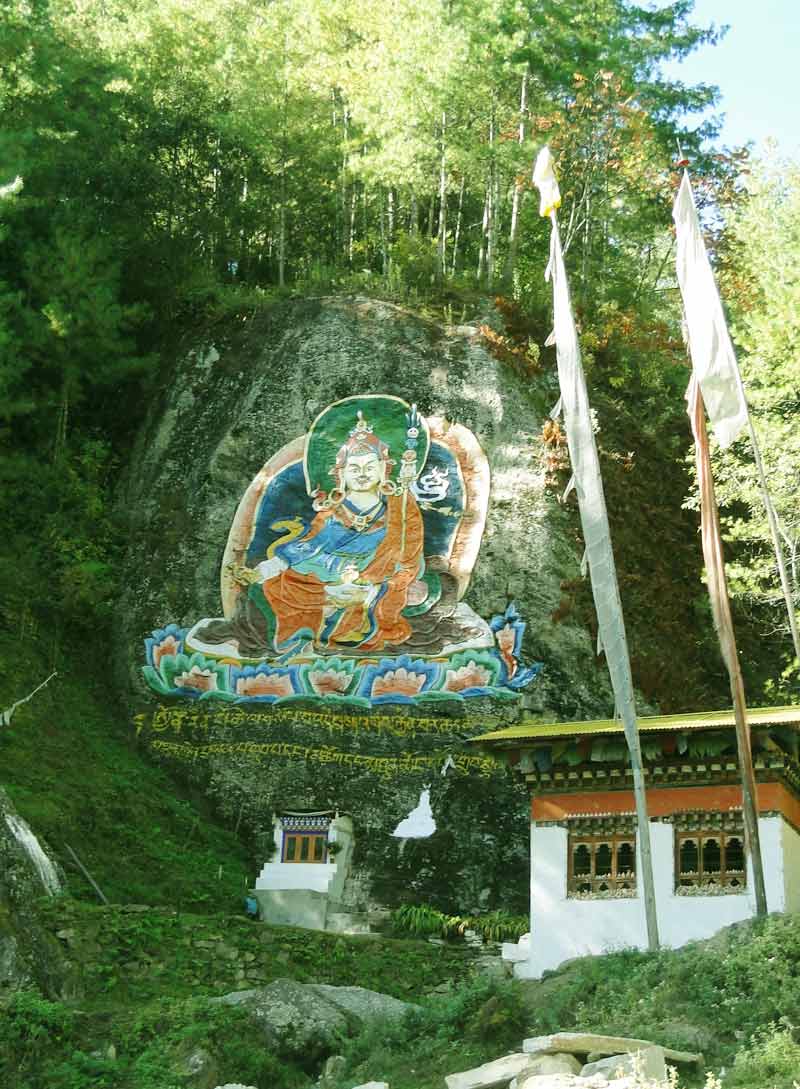
Bhutani Art
Handicrafts Bhutan is a part of Cottage Industries, a local development project that benefits the women who make the crafts sold here. There’s a great selection of handwoven textiles made with vegetable dye, as well as masks, bamboo baskets, and small bags. There is usually a weaver in the back room.
Choki Handicrafts (Kawangjangsa, 02/3-4728), located a few minutes’ drive outside the city center, employs local painters, carvers, and weavers to design and make traditional handicrafts, furniture, and paintings. A portion of the proceeds benefits the Choki Traditional Art School for underprivileged students.
Archery Market in Thimphu Bhutan
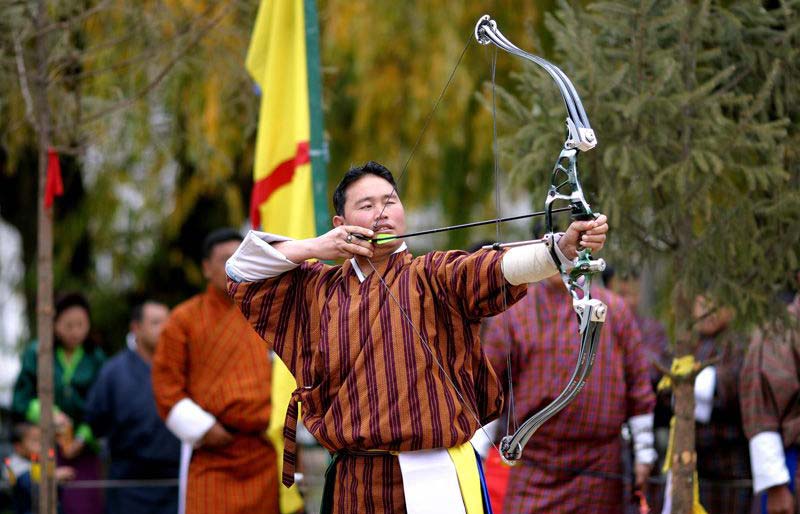
Archery Market
The Archery Shop run by a group of very experienced archers, has two service technicians on staff and a service center. Specializing in American-made fiberglass bows, they also keep a stock of traditional bows and arrows. There’s an indoor practice range for those who want to test the bows before purchasing.
For more information about Shopping in Thimphu Bhutan contact Swan Tours one of the leading travel agents in India.
